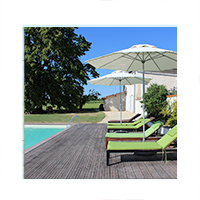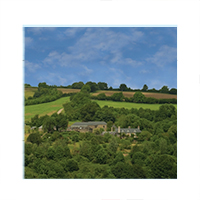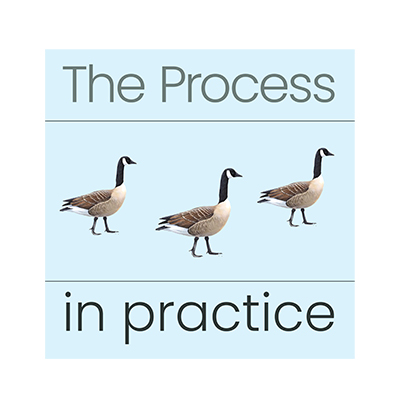 Overview
Overview
Patterns are negative behaviours, beliefs, thoughts, moods and actions that we repeat in our lives. We learned our patterns in early childhood as a way of coping.
A pattern is any human behaviour, thought or feeling that takes you away from your authentic self. Typical examples are judging, criticising, comparing, anxiety, self-consciousness, feeling ‘less than’ or ‘better than’…
Patterns are part of the human condition and we all have hundreds of them. They are negative, compulsive, automatic, emotionally-charged and learned.
How you used patterns during the Process
Before turning up for the Process, you spent a number of hours completing your Pre-Course work – remember all of those pages of tick boxes? This helped you to identify the patterns of your parents and yourself, tracing your own patterns back to each parent or care-giver.
During the Process, you did further work to understand your patterns and where they came from. You learned how as children we take on the patterns of our primary caregivers in order to feel loved, and experienced what Bob Hoffman called Negative Love. Through Negative Love, we mould and shape our behaviour whether we realise it or not. Even though we take on or adopt patterns in order to feel loved, we end up hurting ourselves and others.
The Process week will have helped you to become aware of and free yourself from many patterns – but there are always more! And they do have a way of creeping back…
Tackling patterns, post-Process
Since the Process, you may notice how much easier it is to see and name patterns in others. Take care to use this skill to work on your own patterns and not someone else’s!
Simply asking yourself, ‘Am I in a pattern?’ may be enough to bring you back to a point of choice – but once you’ve spotted it, it may also be helpful to trace the pattern back. Ask yourself where you may have learned this in your childhood – was it from your mother, father, surrogates or a mixture of all of them?
Remember, we can adopt patterns directly, rebel against them by doing the opposite, or we go into a pattern in reaction to the patterns of another.
I’ve done the Process, so shouldn’t all my patterns have disappeared now?
Wouldn’t that be nice! The thing with patterns is that we all have many of them, and they get triggered in difference situations. The more awareness we can have the more choice and freedom we can have. While you will have explored and released many patterns during your Process week, often there are subtle patterns that may come to the surface in the weeks and months after your Process, and you may start to notice these patterns crop up.
‘Between stimulus and response there is a space. In that space is our power to choose our response. In our response lies our growth and our freedom.’
Viktor E Frankl
The good news is that the seven days of the Hoffman Process was a powerful start for you, building your self awareness and understanding of patterns, learning to release yourself from them and gain more choice. So further pattern tracing post-Process will be easier as we have already built the muscle of awareness and self-responsibility. You have already disrupted the systems and made way for new behaviours.
Examples of using pattern tracing as a tool
- When you feel emotionally charged, pause and ask yourself ‘Am I in a pattern?’ Download our additional Pattern sheet here and get working.
- When you find yourself in a pattern, try and trace back where in might have come from. It is from mother? Father? Another care-giver in childhood?
- Try writing it out. You can download a Past to present pattern tracing sheet here and the Present to past pattern sheet here to help.
- Remember that patterns can be adopted, we can rebel against them or react to the patterns of others.
- A Quad Check can be a good way to notice what we are feeling and any patterns that we are falling into.
- The Transference tool is a great way of tracking the patterns we go into when we notice that we are having a reaction to someone.
- The Recycling tool is a great way to shift and transform the energy of a pattern. You can also listen to a webinar explaining this powerful tool, here (link next week)
- Once we have traced a pattern to awareness, an expression tool like journalling, some cathartic release work or even dancing can release the frustration and anger relating to the pattern.
If you want to return to the Post Process homepage, click here.
To go back to the other Hoffman tools, click here.







